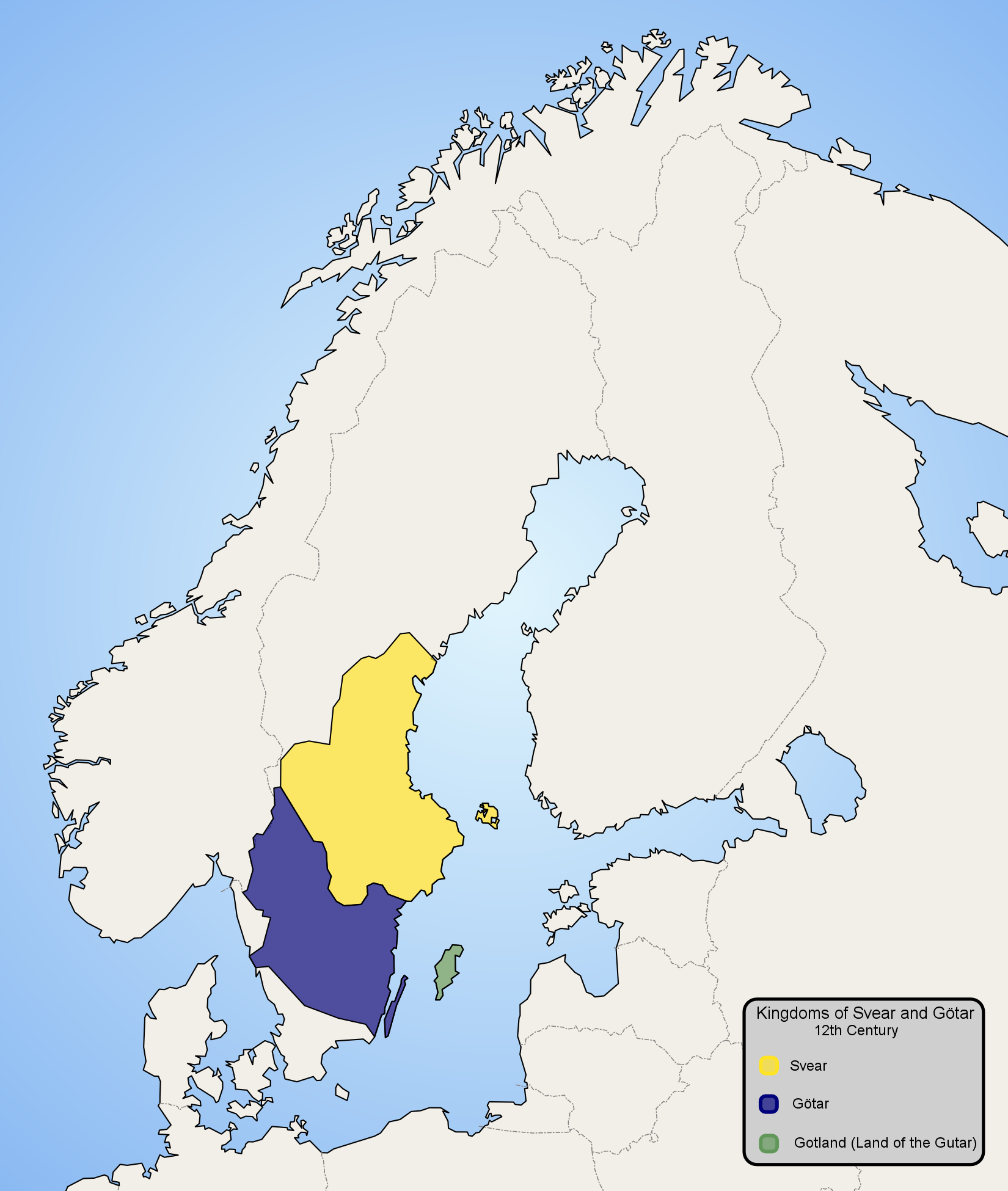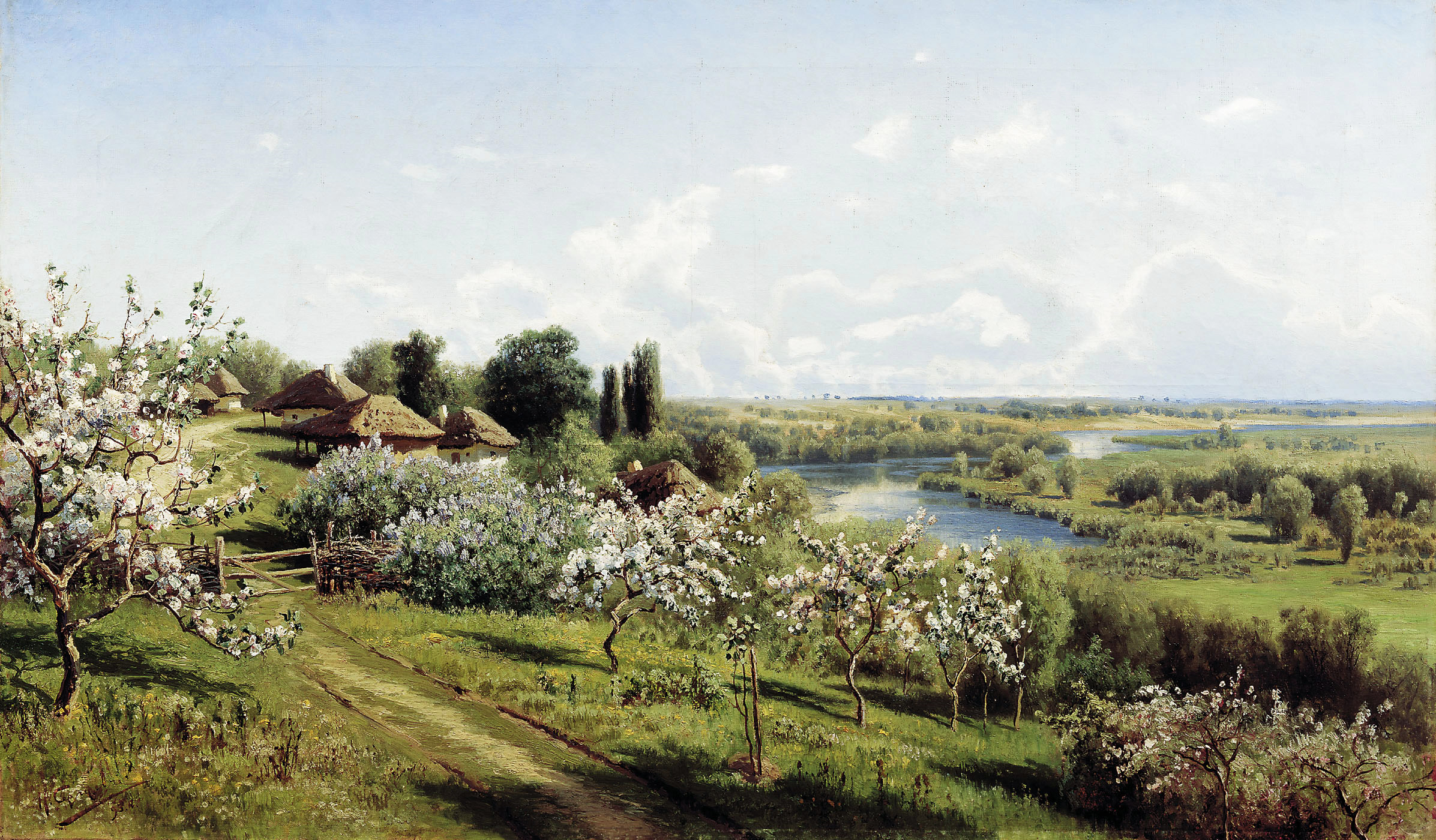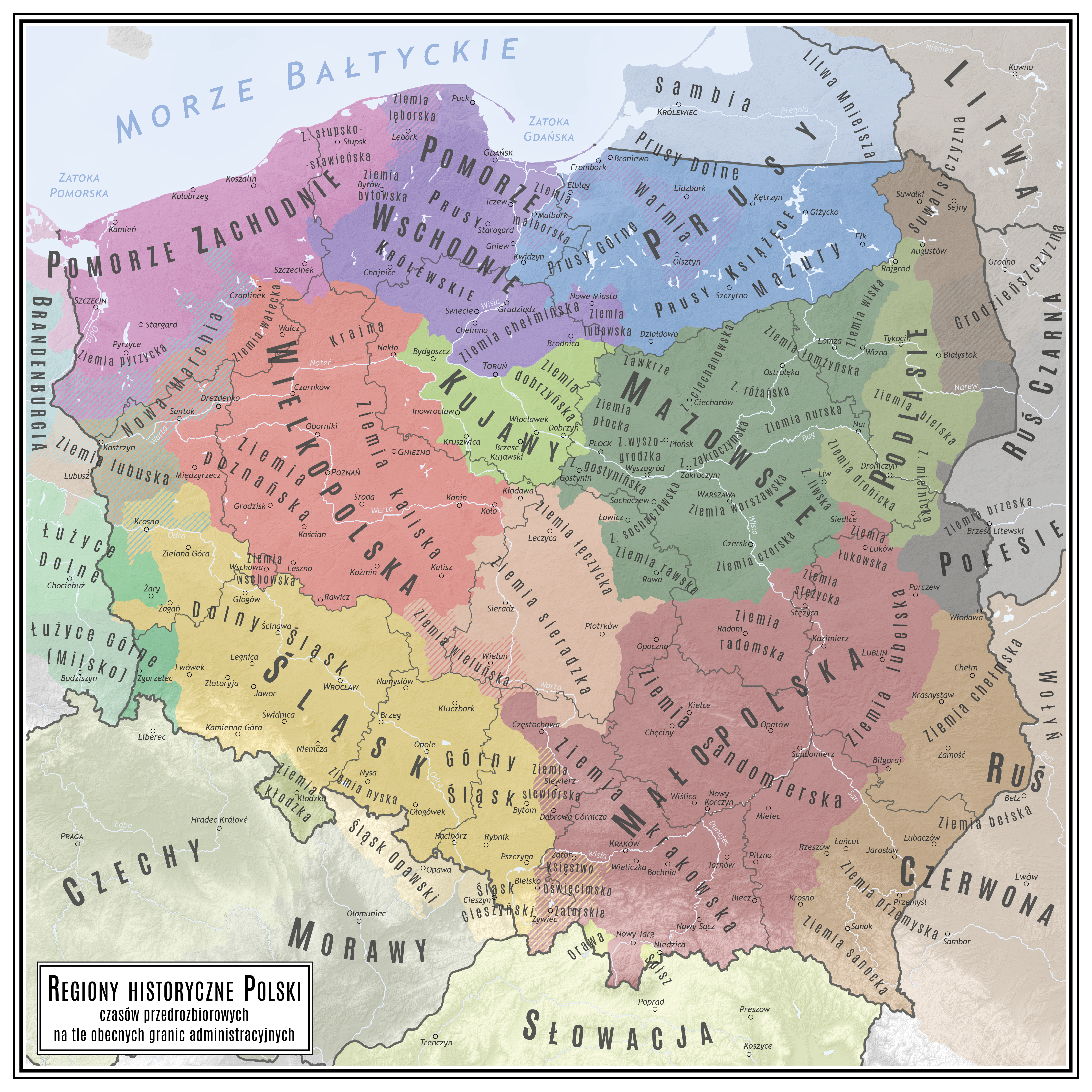|
Rus (other)
Rus or RUS may refer to: People * East Slavic historical peoples (). See Names of Rus', Russia and Ruthenia ** Rus' people, the people of Rus' ** Rus, a legendary eponymous ancestor, see Lech, Czech and Rus * Rus (surname), a surname found in Romania and elsewhere Historical places * Kievan Rus', a medieval East Slavic state, centered in Kiev * Rus' Khaganate, a ninth-century Eastern European state * Ruthenia * Vladimirian Rus', or Vladimir-Suzdal, an East Slavic medieval state, centered in Vladimir * Halychian Rus', or Principality of Halych, an East Slavic medieval state, in region of Halych * Volhynian Rus', or Principality of Volhynia, an East Slavic medieval state, in regions of Volhynia * Halych-Volhynian Rus', or Kingdom of Galicia–Volhynia, an East Slavic medieval state, uniting Halych and Volhynia * Kingdom of Rus', or Galicia-Volhynia, an East Slavic medieval kingdom * Turovian Rus', or Principality of Turov, an East Slavic medieval state, in region of Turo ... [...More Info...] [...Related Items...] OR: [Wikipedia] [Google] [Baidu] |
Names Of Rus', Russia And Ruthenia
The word ''Rus'' referred initially to a group of Scandinavian Vikings, also known as Varangians, who founded the medieval state of Kievan Rus' in Eastern Europe in the 10th century. The term gradually acquired the meaning of the aforementioned dynastic polity itself, and also the geographic region of its heartlands Kiev, Pereiaslavl' and Chernihiv. ''Russia'' is a Hellenized rendering of the same word, and ''Ruthenia'' is its Latinized form. Following the decline of Kievan Rus' in the 12th century, its territory fragmented into multiple polities. The northeastern principality of Vladimir-Suzdal played a crucial role in the eventual rise of the Grand Duchy of Moscow, which, by the 14th to 16th centuries, had consolidated power over most of northeastern Rus'. The name ''Russia'' began to appear in official documents during this time, alongside the older term ''Rus''. By the 15th century, Muscovite rulers adopted the title "Grand Prince of all Rus'," signaling their claim ove ... [...More Info...] [...Related Items...] OR: [Wikipedia] [Google] [Baidu] |
Minor Rus'
Little Russia, also known as Lesser Russia, Malorussia, or Little Rus', is a geographical and historical term used to describe Ukraine. At the beginning of the 14th century, the patriarch of Constantinople accepted the distinction between what it called the eparchies of ''Megalē Rosiia'' () and ''Mikrà Rosiia'' (). The jurisdiction of the latter became the metropolis of Halych in 1303. The specific meaning of the adjectives "Great" and "Little" in this context is unclear. It is possible that terms such as "Little" and "Lesser" at the time simply meant geographically smaller and/or less populous, or having fewer eparchies. Another possibility is that it denoted a relationship similar to that between a homeland and a colony (just as "Magna Graecia" denoted a Greek colony). The name went out of use in the 15th century as distinguishing the "Great" and "Little" was no longer necessary since the Russian Orthodox Church based in Moscow was no longer tied to Kiev. However, with th ... [...More Info...] [...Related Items...] OR: [Wikipedia] [Google] [Baidu] |
Resonant Ultrasound Spectroscopy
Resonant ultrasound spectroscopy (RUS) is a laboratory technique used in geology and material science to measure fundamental material properties involving elasticity. This technique relies on the fact that solid objects have natural frequencies at which they vibrate when mechanically excited. The natural frequency depends on the elasticity, size, and shape of the object—RUS exploits this property of solids to determine the elastic tensor of the material. The great advantage of this technique is that the entire elastic tensor is obtained from a single crystal sample in a single rapid measurement. At lower or more general frequencies, this method is known as acoustic resonance spectroscopy. History Interest in elastic properties made its entrance with 17th century philosophers, but the real theory of elasticity, indicating that the elastic constants of a material could be obtained by measuring sound velocities in that material, was summarized only two hundred of years later. I ... [...More Info...] [...Related Items...] OR: [Wikipedia] [Google] [Baidu] |
Réacteur Université De Strasbourg
The Réacteur Universitaire de Strasbourg (RUS) was a 100 kW thermal Argonaut-class reactor built at the University Louis-Pasteur, located in the commune of Schiltigheim near Strasbourg. RUS went critical on 22 November 1966 and ended operations on 31 May 1995. Its decommissioning was finalized in 2009.''Réacteur universitaire de Strasbourg'' – ASN, 5 juillet 2013 History The design of university training reactor RUS was based on the Argonaut research reactor developed by the |
Rajshahi University School
The University of Rajshahi (), also known as Rajshahi University (RU), is a public research university located in Rajshahi, Bangladesh. It is the second oldest and third largest university in Bangladesh. The university's 59 departments are organized into 12 faculties. It is one of the four autonomous university by the act (1973) of Bangladesh. History The first proposal to establish a university came in 1917, when Calcutta University created the Sadler Commission to assess the university system in Bengal. However, the recommendations of the report had no immediate consequences. The University of Dhaka was established in 1921. Demand for a university in the northern part of East Bengal gained momentum when two universities were set up quickly in West Pakistan, using funding diverted from East Bengal, without the establishment of any in the east. Students of Rajshahi College were at the forefront of the movement demanding a new university. Finally, Rajshahi was selecte ... [...More Info...] [...Related Items...] OR: [Wikipedia] [Google] [Baidu] |
Grand Principality Of Rus' (other)
{{disambiguation ...
Grand Principality of Rus' or Grand Duchy of Rus' may refer to: * Grand Principality of Kievan Rus', a medieval state that arose among East Slavs, centered in Kiev * Grand Duchy of Lithuania and Rus' medieval Eastern European state, with a high influence of Rus' culture * Grand Principality of Rus' (1658), a proposed state in Eastern Europe See also * Principality of Rus' (other) * Rus' (other) * Russia (other) * Ruthenia (other) Ruthenia may refer to: * Ruthenia, a name applied to various East Slavic lands ** Red Ruthenia, an East Slavic historical region ** Black Ruthenia, an East Slavic historical region ** White Ruthenia, an East Slavic historical region * Carpathia ... [...More Info...] [...Related Items...] OR: [Wikipedia] [Google] [Baidu] |
Principality Of Rus' (other)
{{disambiguation ...
Principality of Rus' or Duchy of Rus' may refer to: * Principality of Halychian Rus', an East Slavic medieval state, centered in Halych * Principality of Volhynian Rus', an East Slavic medieval state, centered in Volhynia * Principality of Halych-Volhynian Rus', an East Slavic medieval state, uniting Halych and Volhynia * Principality of Rus' (1658), a proposed state in Eastern Europe * Duchy of Rus' (voivodeship), a province of the early modern Kingdom of Poland (from 15th to 18th century) See also * Grand Principality of Rus' (other) * Rus (other) * Russia (other) * Ruthenia (other) Ruthenia may refer to: * Ruthenia, a name applied to various East Slavic lands ** Red Ruthenia, an East Slavic historical region ** Black Ruthenia, an East Slavic historical region ** White Ruthenia, an East Slavic historical region * Carpathia ... [...More Info...] [...Related Items...] OR: [Wikipedia] [Google] [Baidu] |
Western Rus (other)
Western Rus' may refer to: * western regions of Kievan Rus', including: ** Halychian Rus', an East Slavic medieval state, centered in Halych ** Volhynian Rus', an East Slavic medieval state, centered in Volhynia ** Halych-Volhynian Rus', an East Slavic medieval state, uniting Halych and Volhynia ** Kingdom of Rus', an East Slavic medieval kingdom (Galicia-Volhynia) ** Turovian Rus', an East Slavic medieval state, centered in Turov ** Polotskian Rus', an East Slavic medieval state, centered in Polotsk * several Slavic historical regions, including: ** White Rus', an East Slavic historical region ** Black Rus', an East Slavic historical region ** Red Rus', an East Slavic historical region ** Carpathian Rus', a historical region inhabited mostly by Rusyns (Rusynia) See also * Rus' (other) * Principality of Rus' (other) * Grand Principality of Rus' (other) * Ruthenia (other) * Russia (other) Russia, or the Russian Federation, i ... [...More Info...] [...Related Items...] OR: [Wikipedia] [Google] [Baidu] |
Subcarpathian Rus'
Transcarpathia (, ) is a historical region on the border between Central and Eastern Europe, mostly located in western Ukraine's Zakarpattia Oblast. From the Hungarian Hungarian conquest of the Carpathian Basin, conquest of the Carpathian Basin (at the end of the 9th century) to the end of World War I (Treaty of Trianon in 1920), most of this region was part of the Kingdom of Hungary. In the interwar period, it was part of the First Czechoslovak Republic, First and Second Czechoslovak Republics. Before World War II, the region was annexed by the Kingdom of Hungary (1920–46), Kingdom of Hungary once again when Germany dismembered the Second Czechoslovak Republic. After the war, it was annexed by the Soviet Union and became part of the Ukrainian Soviet Socialist Republic. It is an ethnically diverse region, inhabited mostly by people who regard themselves as ethnic Ukrainians, Rusyns, Hungarian people, Hungarians, Romanians, Slovak people, Slovaks, and Polish people, Poles. It a ... [...More Info...] [...Related Items...] OR: [Wikipedia] [Google] [Baidu] |
Black Rus'
Black Ruthenia (), or Black Rus' (; ; ), is a historical region on the Upper Neman, including Novogrudok, Grodno and Slonim. Besides these, other important parts of Black Rus' are Vawkavysk and Białystok. The region was inhabited by the Baltic Yotvingians from ancient times and the name "Black Russia" appeared relatively late. On the 1712 map of French cartographer Henri Chatelain "Russie noire" (Black Ruthenia) is placed in region of Eastern Galicia (today Western Ukraine), which is traditionally known as "Russie rouge" (Red Ruthenia). History The convention of distinguishing different Ruthenian regions by colours was first done by Medieval Western and Central European historians from the 14th to 17th centuries. It was first done circa 1360 by , referring to the Black and Red Ruthenia (placing them in modern Ukraine). Some researchers claim that this color naming convention was influenced by the Mongol invaders, who used them for the cardinal directions. Sometimes in the 16th ... [...More Info...] [...Related Items...] OR: [Wikipedia] [Google] [Baidu] |



